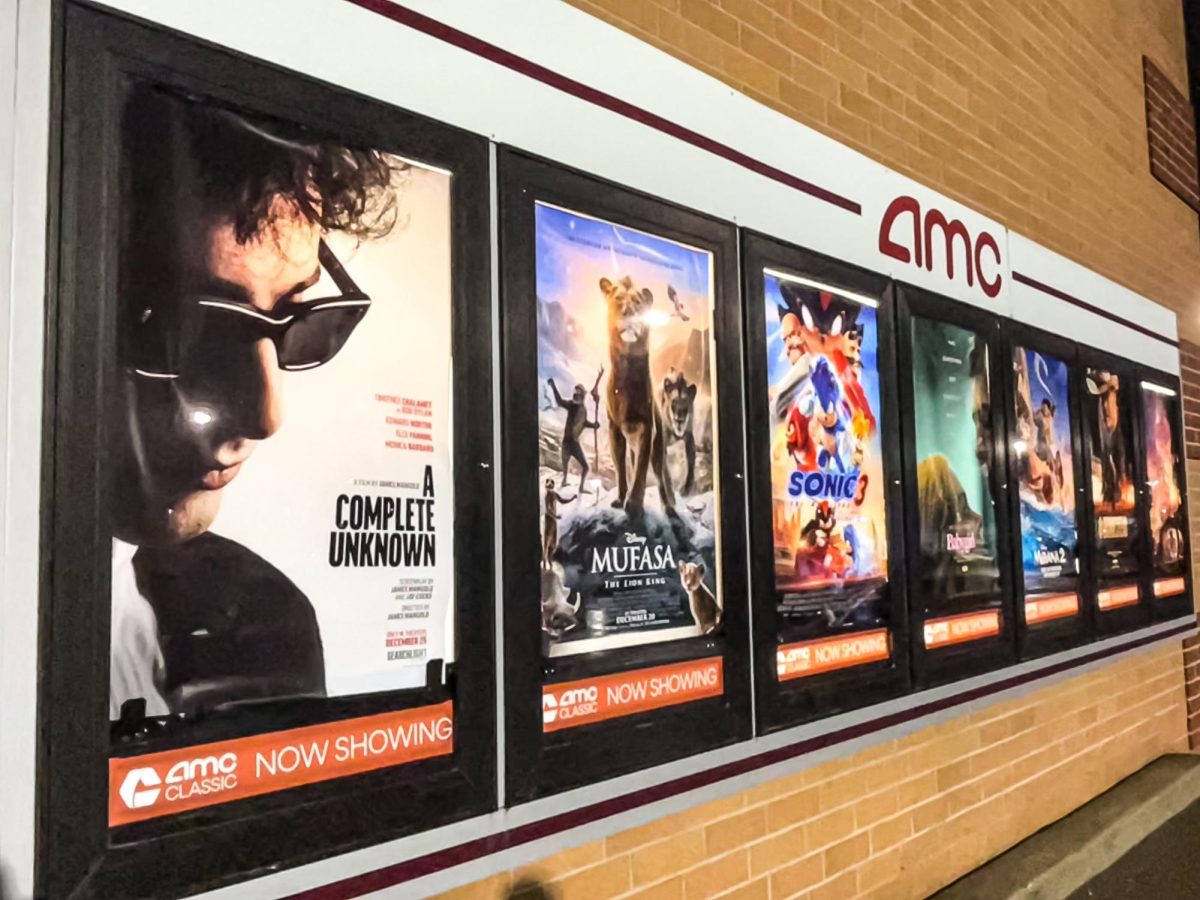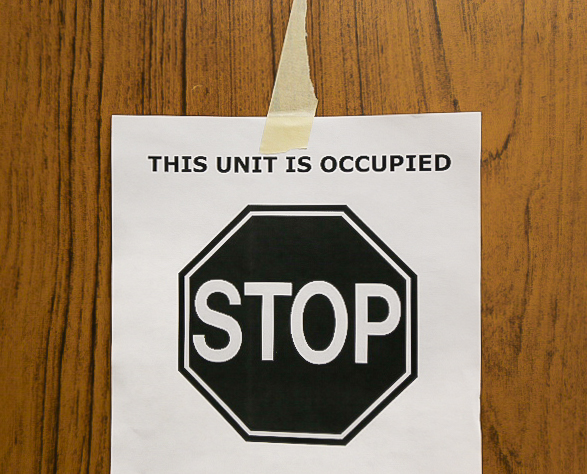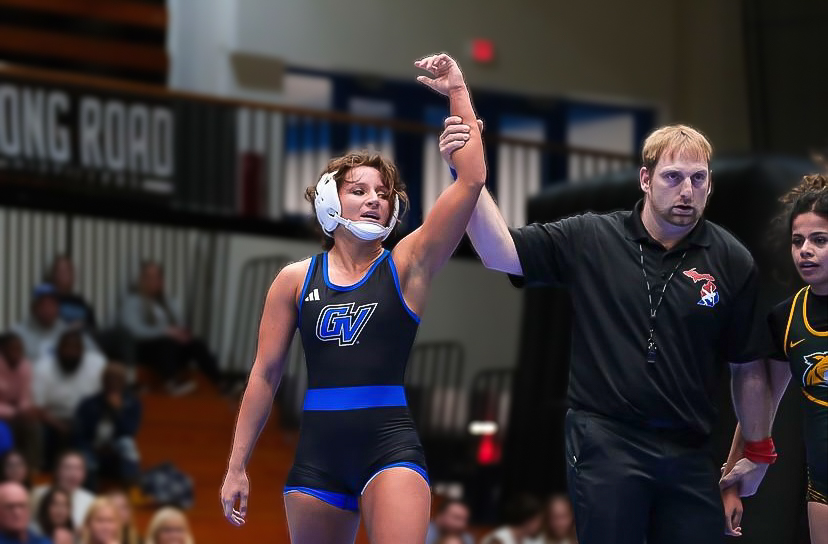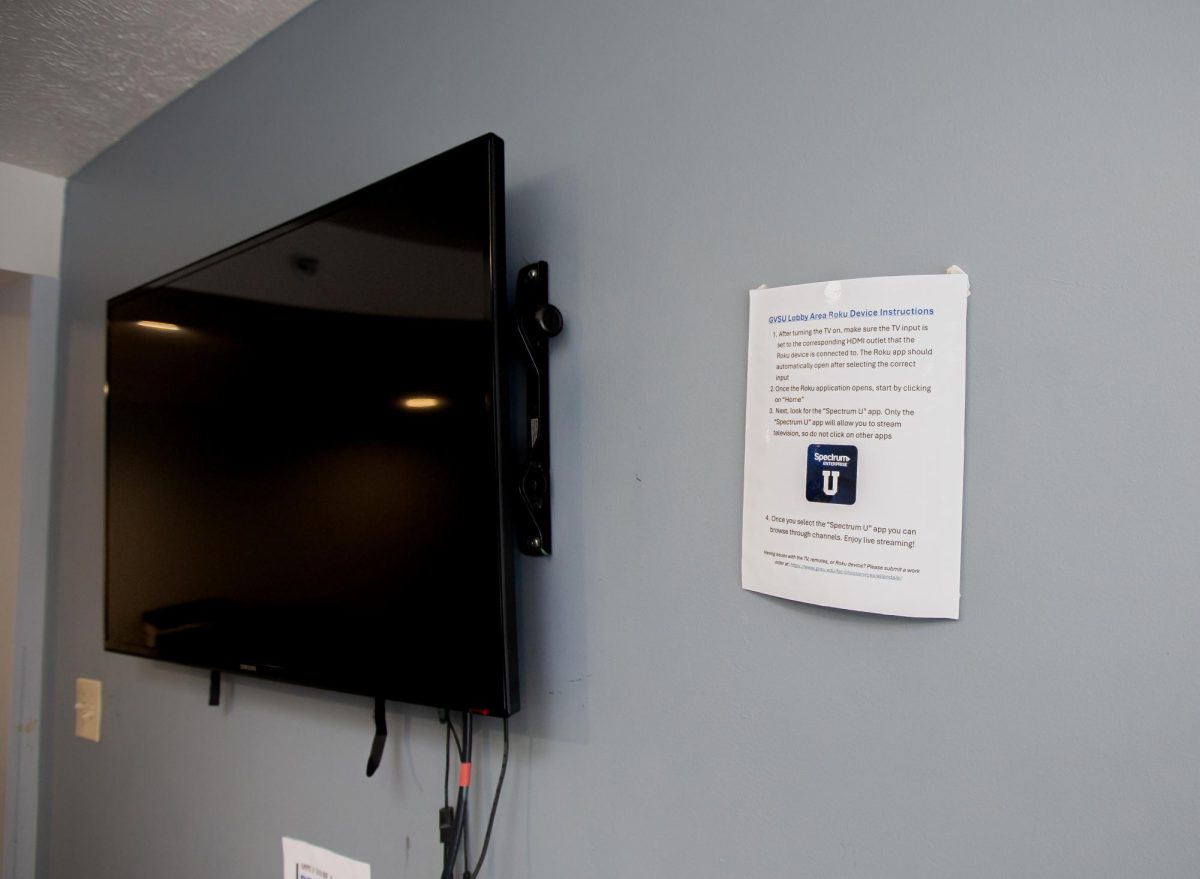The dangers of franchise fatigue in blockbuster-heavy Hollywood
Aug 28, 2017
With the release of the Sony/Marvel Studios project “Spider-Man: Homecoming,” the character Spider-Man received his third portrayal since the first film dedicated to the character back in 2002. While comic-book movies are the hottest thing in Hollywood at the moment, plenty of people have voiced their displeasure over seeing yet another interpretation of a comic character who has already received his own film series.
Filmgoers have voiced their displeasure with the perceived lack of originality in Hollywood, what with the constant adaptations and remakes in favor of wholly original stories, so this repeated rebooting of the same character is somewhat frustrating. Most current movie theaters are full of blockbuster pictures with very few indie pictures thrown in the mix, so there aren’t many outlets that support primarily small-scale productions.
While this blockbuster-heavy system isn’t inherently bad, it does represent the powerful grip that these large-scale studio-run productions have on the industry. The potential options for films at the theater have gradually become only big-budgeted titles from major studios like Disney, Warner Brothers and more. Although these studios release many movies a year, they typically make a large profit from each (with some exceptions).
“Spider-Man: Homecoming” was no exception for the continuously successful Marvel Cinematic Universe (MCU) with a worldwide gross of $700 million. However, if you look at the total grosses of previous Spider-Man films, there’s likely some concern felt by Marvel executives who expected this to be another billion-dollar venture. While the original Spider-Man trilogy set multiple box office records throughout their runs, “The Amazing Spider-Man” and its sequel somewhat underperformed in the eyes of Sony executives, garnering $759 million and $709 million dollars, respectively.
A $700 million worldwide gross is not something to scoff at, but for a film that takes place in the MCU, which includes the significantly marketable Spider-Man and Iron Man characters and which has received significant critical praise, one has to wonder why it hasn’t made more money. Everything was in place for this film to join the billion-dollar club, but it fell far below that level. What gives?
Well, while it may have been unrealistic to expect “Spider-Man: Homecoming” to make so much financially, it’s not the only MCU film this year that underperformed high (but not unfounded) expectations. “Guardians of the Galaxy Vol. 2” was another potential inductee to the billion-dollar club, but it “only” reached $860 million worldwide. Now, obviously, since it’s Marvel, there are massive expectations for the films, especially if they are sequels to successful first installments. However, Marvel likely wasn’t prepared for two major movies on their docket to disappoint financially.
This leads to the primary discussion: Are people getting too overloaded with blockbuster franchises and high-budget films? Since comic-book films and interconnected cinematic universes have become the norm, each movie people need to see is one that they’ll need to watch three previous films first to totally understand. This in turn intimidates some people and convinces them to stay home instead of going out to see that particular film. It’s a problem that’s been steadily growing as more and more theaters are strictly playing blockbuster sequels and adaptations.
The beauty of seeing an original film, at least in the eyes of many theater patrons, is that there’s no research that needs to be done. They can go see it and understand everything they need to within the film itself. However, if a specific movie is tied to some greater cinematic universe, and the storyline is full of references to said universe, then many may end up confused and frustrated throughout their viewing experience. The more times this happens, the less people will be willing to go out to the theaters and help support these high-budgeted productions.
This feeling of a lack of simplicity in the filmgoing experience and a reduced rate of actual audience members would certainly lead to problems for the production studios as well. With an influx of big-budget movies coming out every weekend, these studios are more susceptible to box office bombs. Films like “Ghost in the Shell” and “Valerian and the City of a Thousand Planets” suffered massive losses, with each only making about half of their overall budget. Both films were adaptations of well-known literary works, so it’s clear that the production studios for each expected the fans of the works that inspired the films to go see these cinematic interpretations. However, ballooning budgets and a lack of strong brand recognition led to both projects netting a strong loss for studios.
When every movie released by a studio has a budget of $150 million and has to make double that to be profitable, then meeting profit expectations every year is almost impossible. This concept of releasing these expensive productions so frequently throughout the year and expecting the audience to make each film a tremendous success is naïve and ultimately only going to disappoint.
How does Hollywood combat this issue and avoid both disappointment and franchise fatigue? Support more original films. If the financial success of original movies like “Baby Driver” and “Get Out” has shown anything, it’s that people want fresh, unique movies to see. They don’t always need to have a $200 million price tag and a Marvel logo on the poster. They simply need to be capable of offering a quality movie-going experience to any potential audience member. That way, with a mix of plentiful original movies and the major blockbusters, you can offer people a wide variety of potential options when they go to their local theater.

























